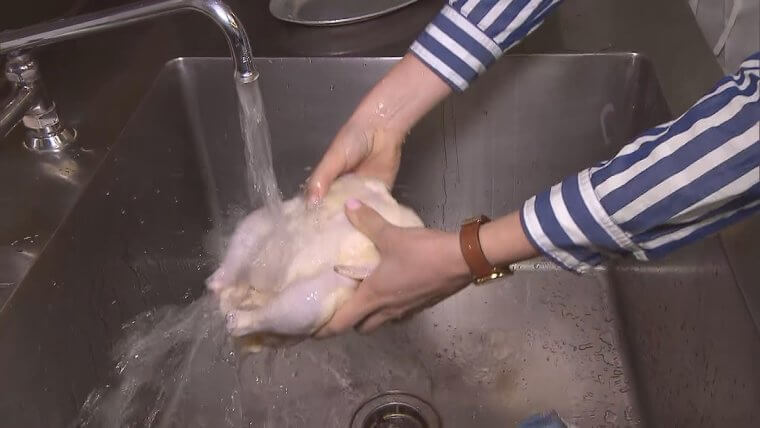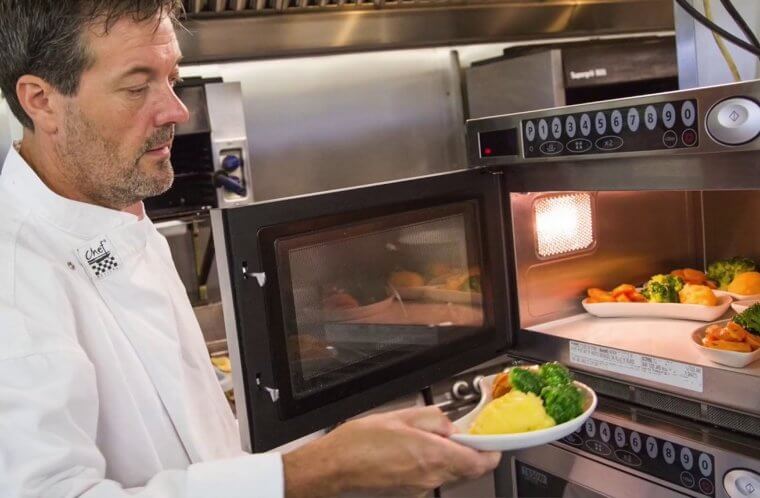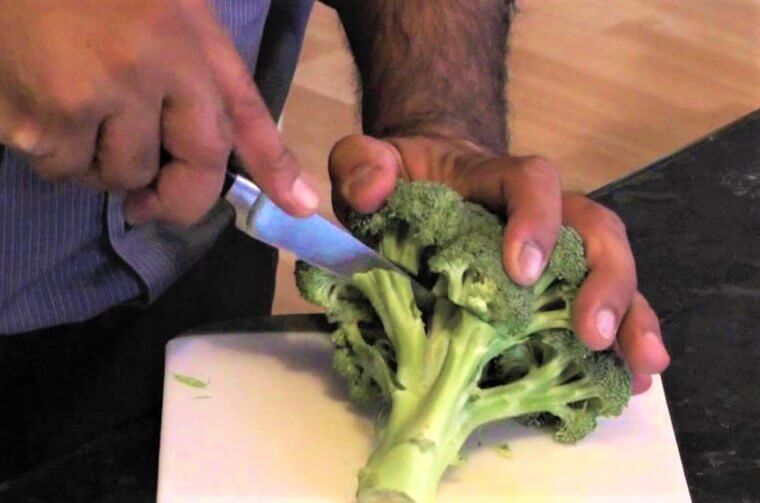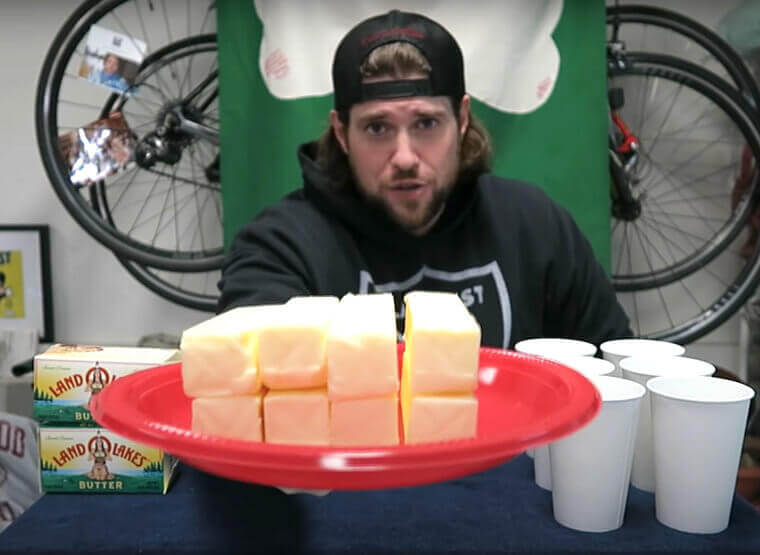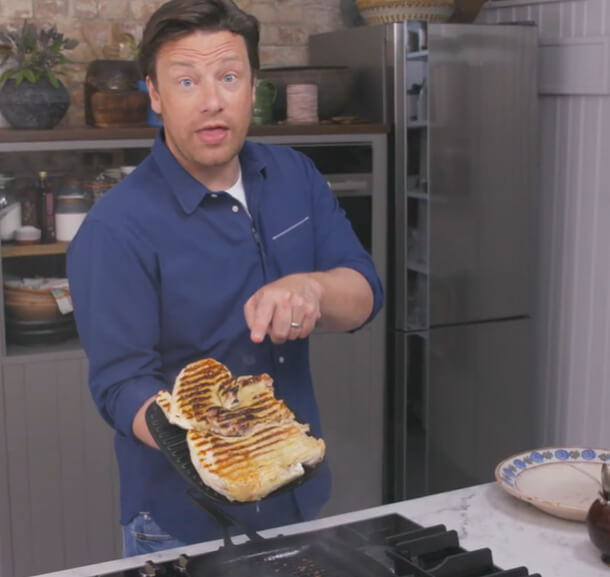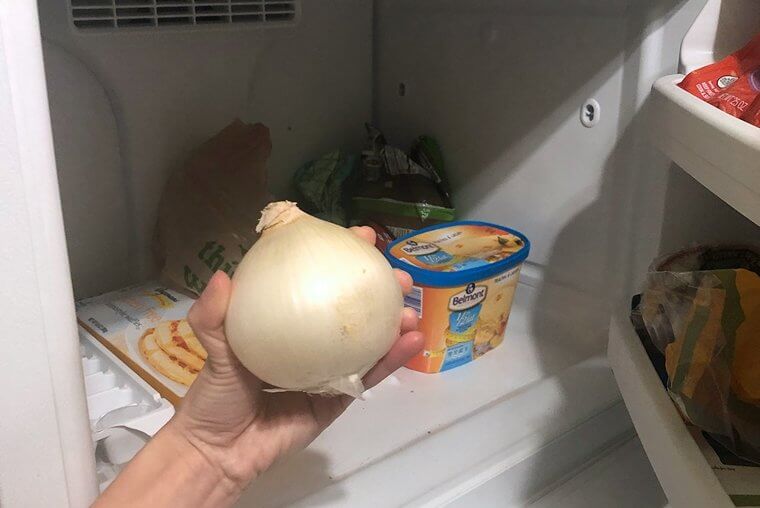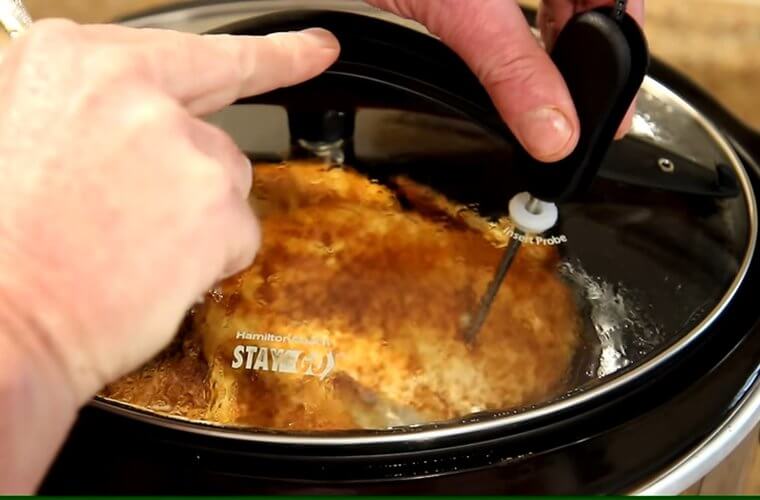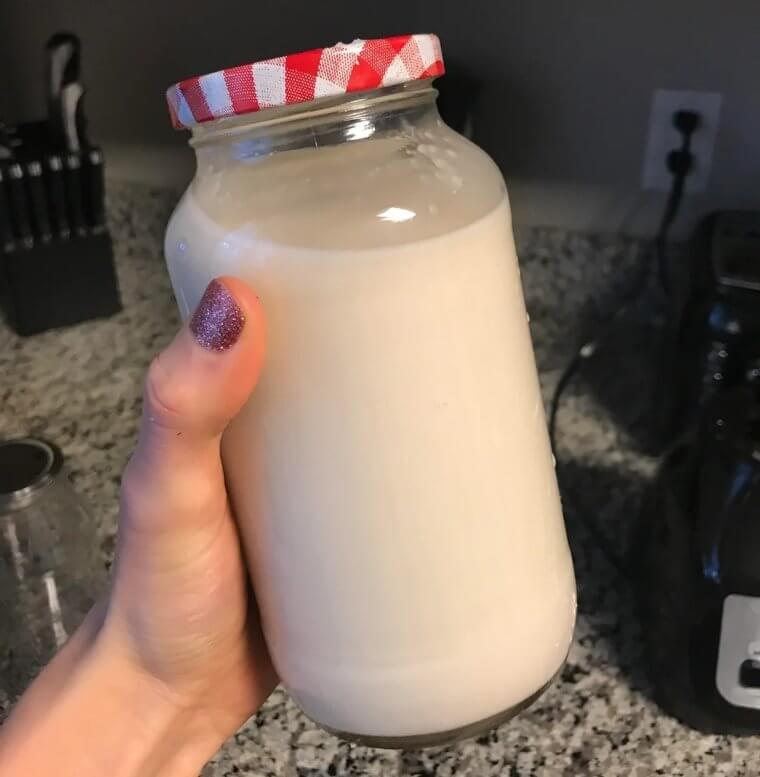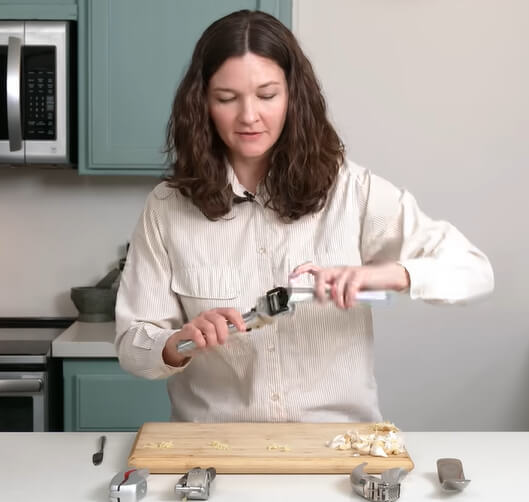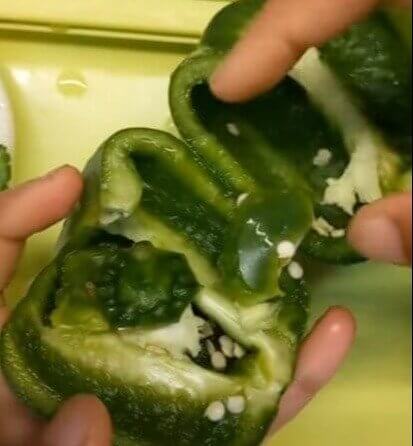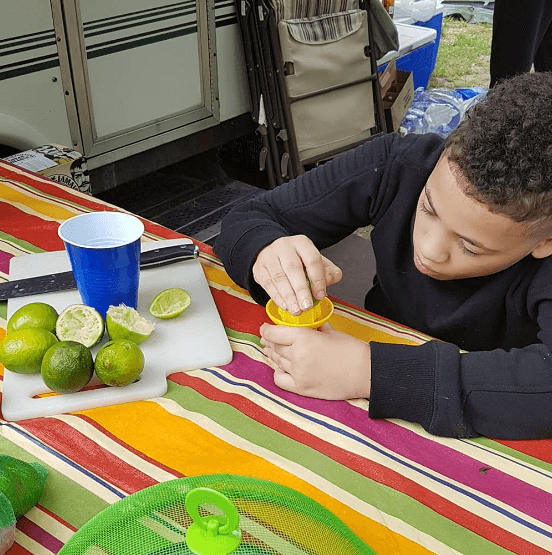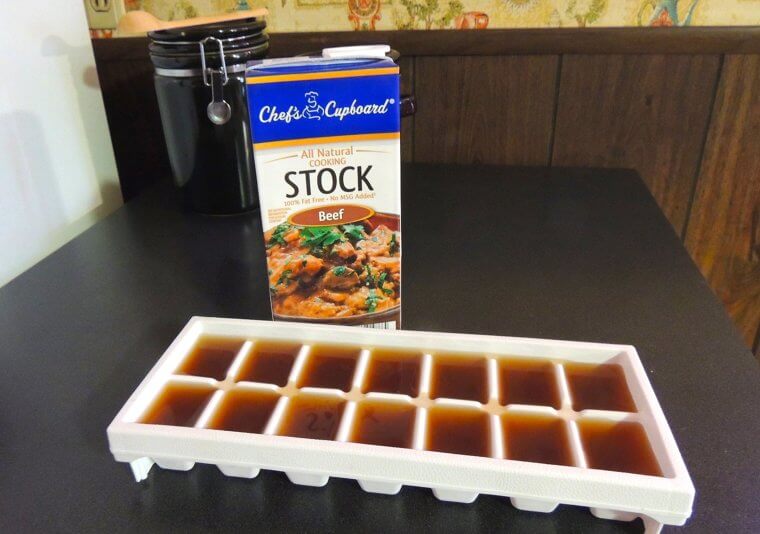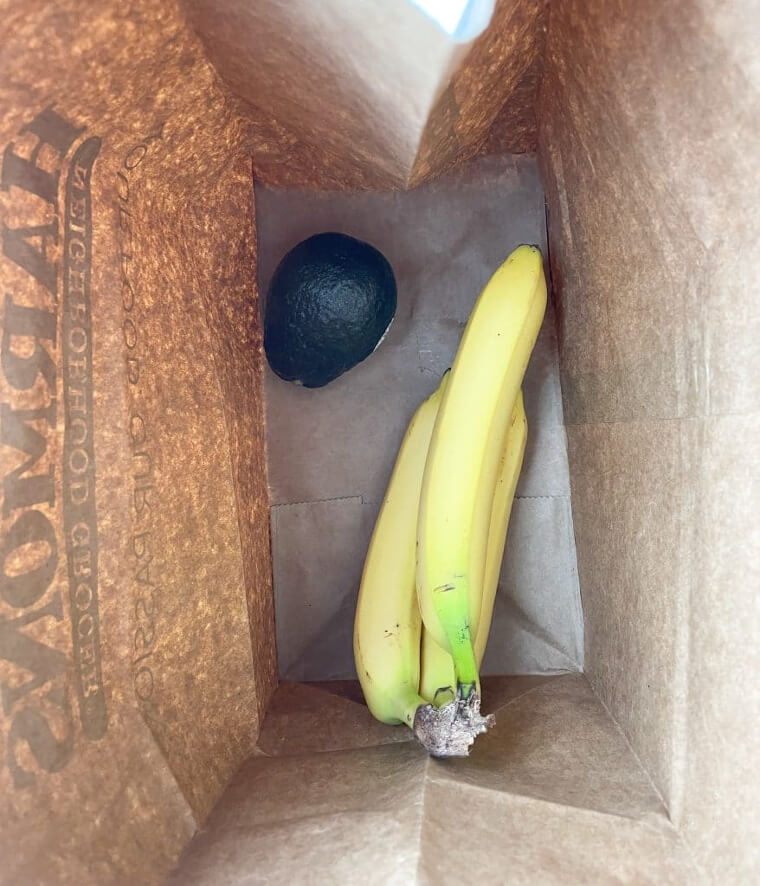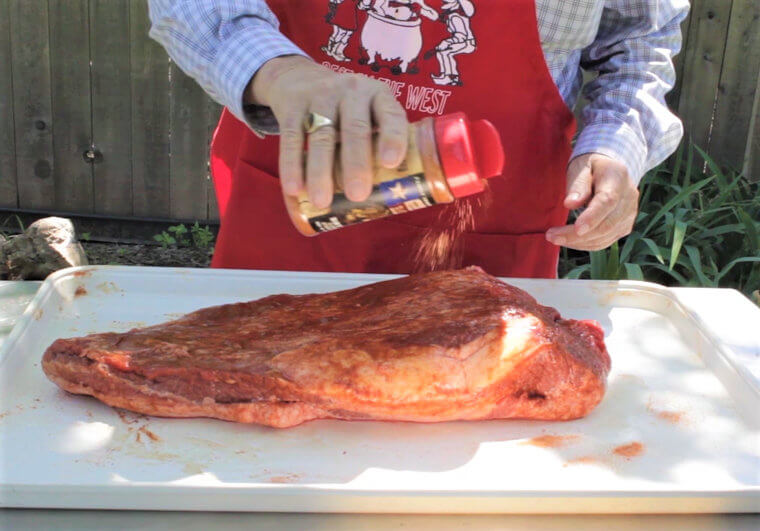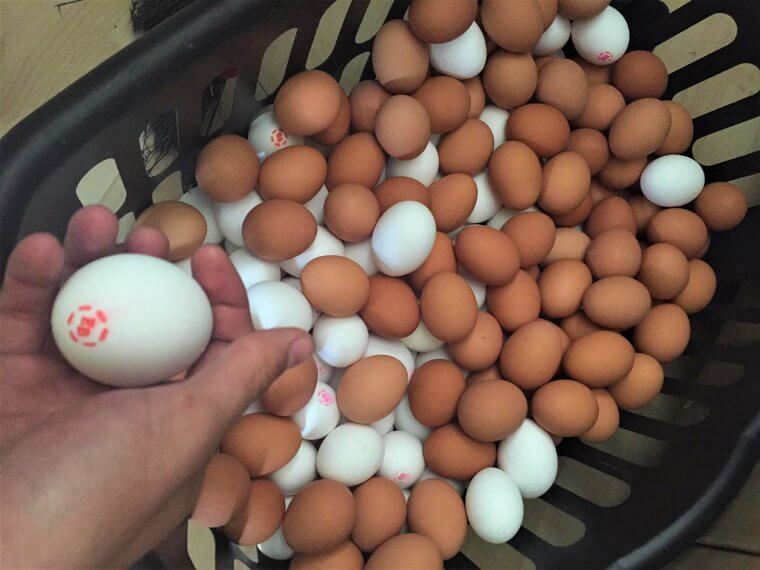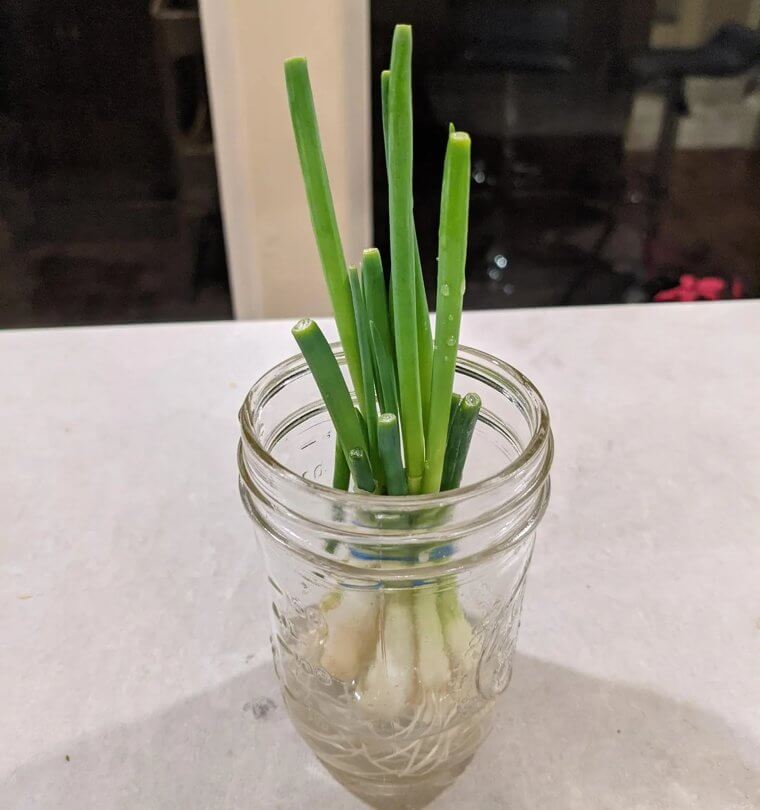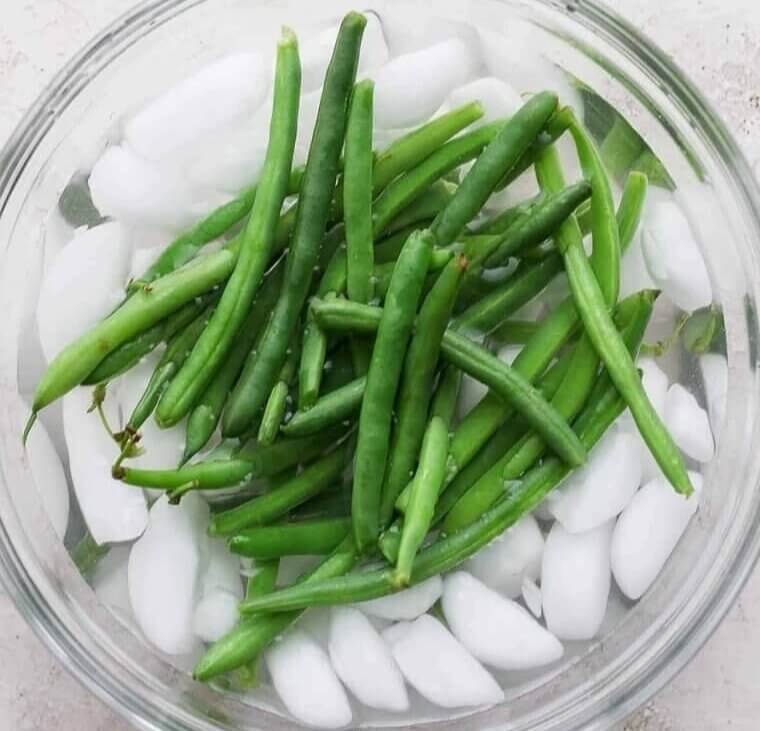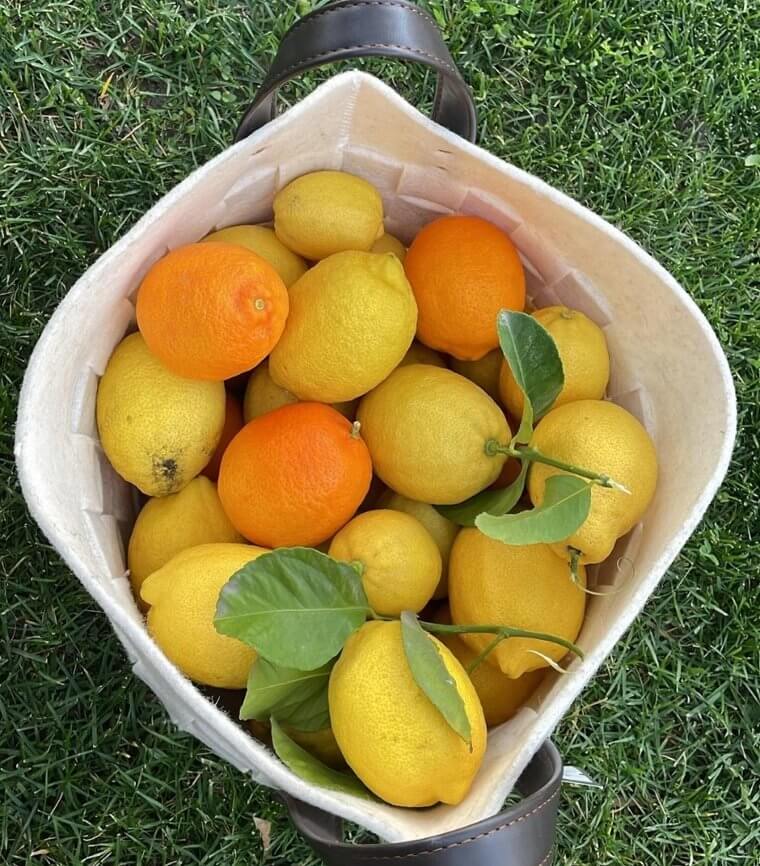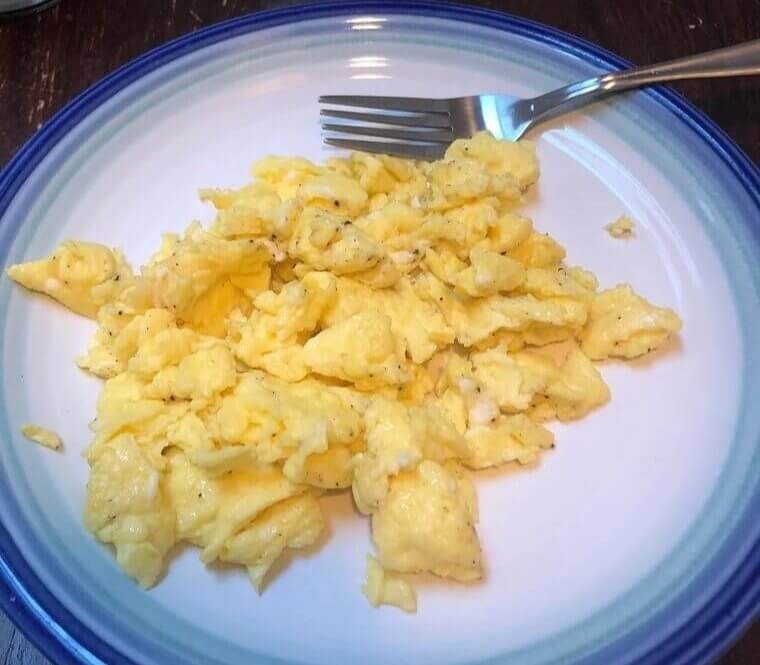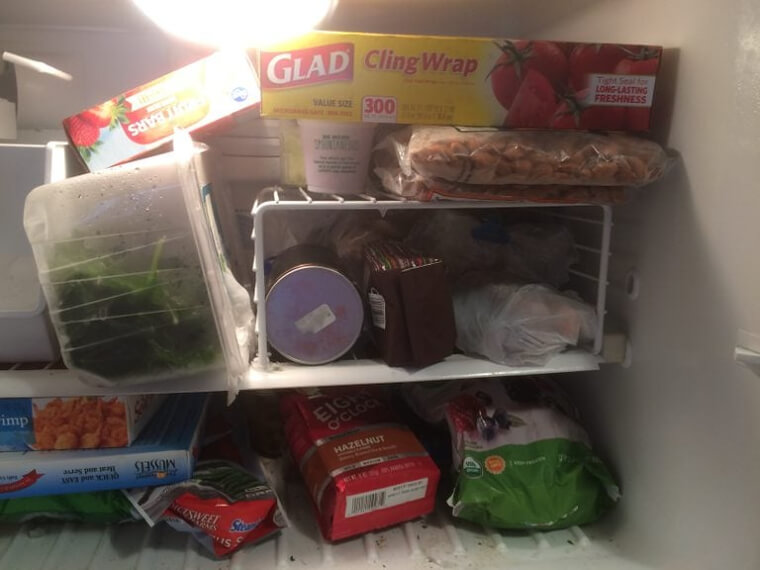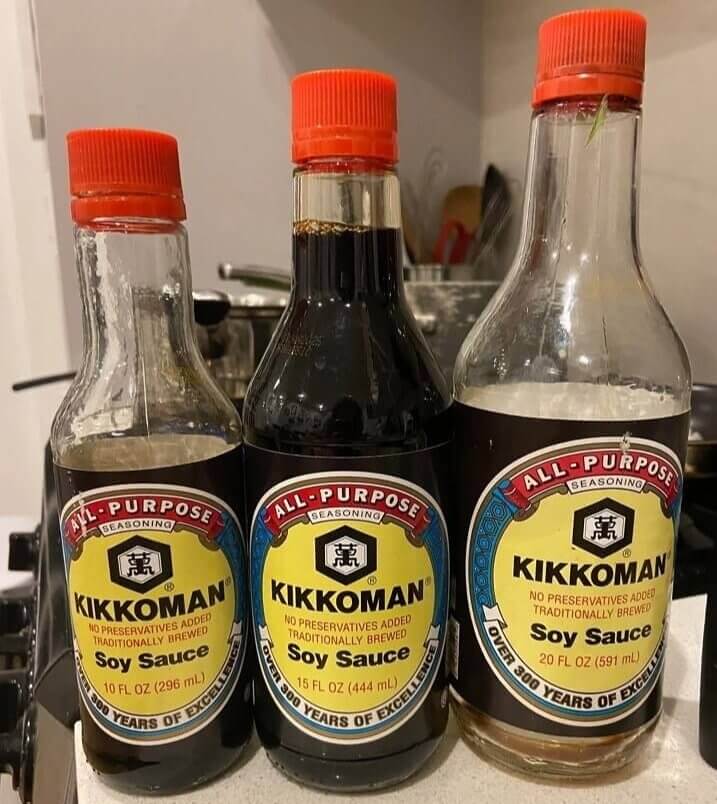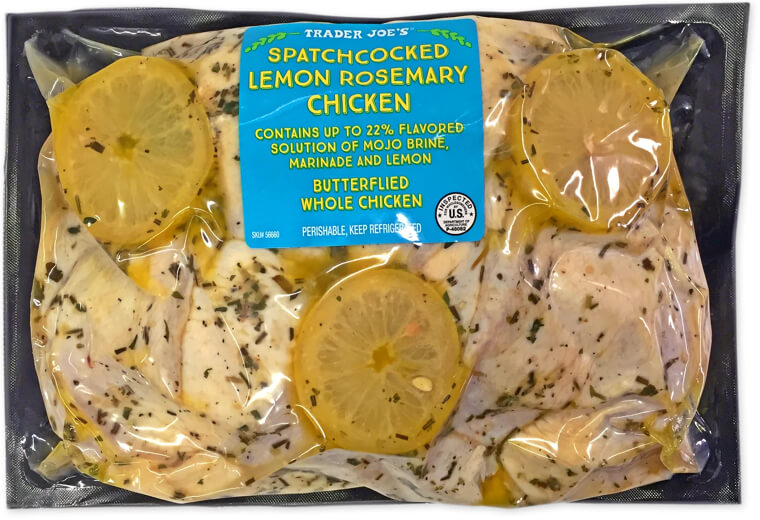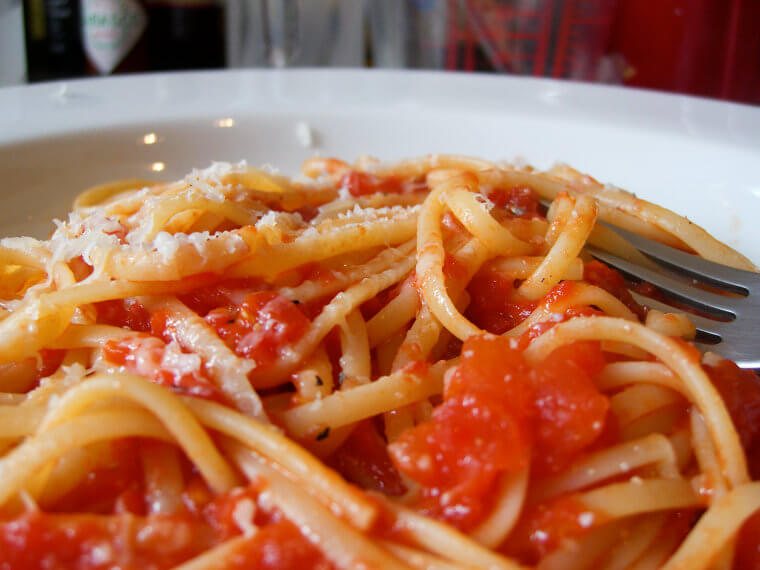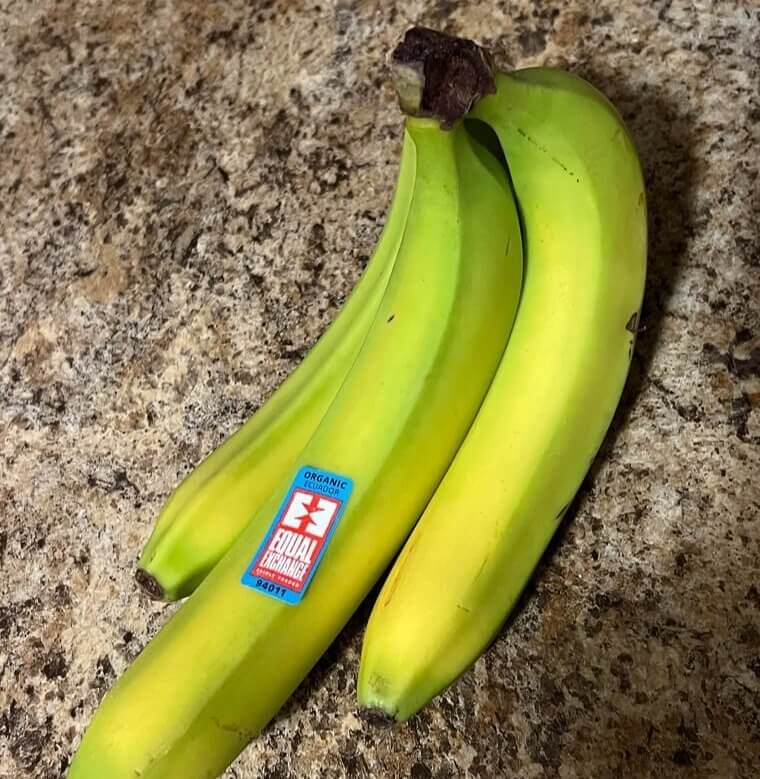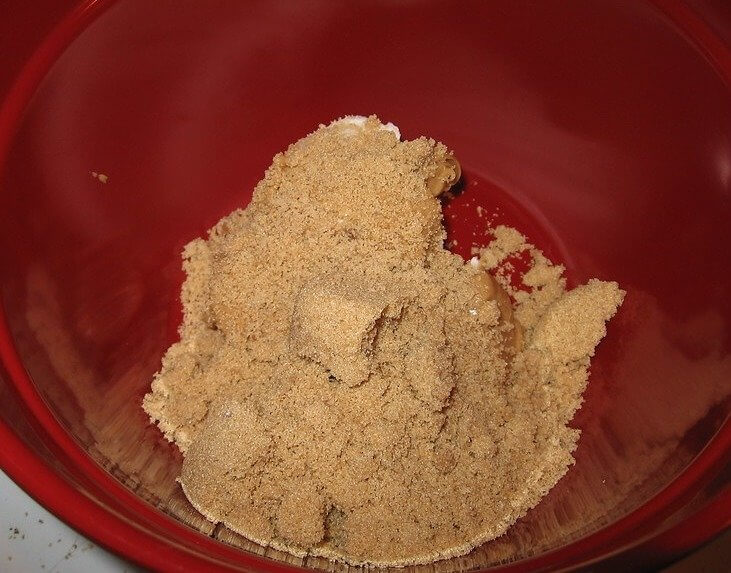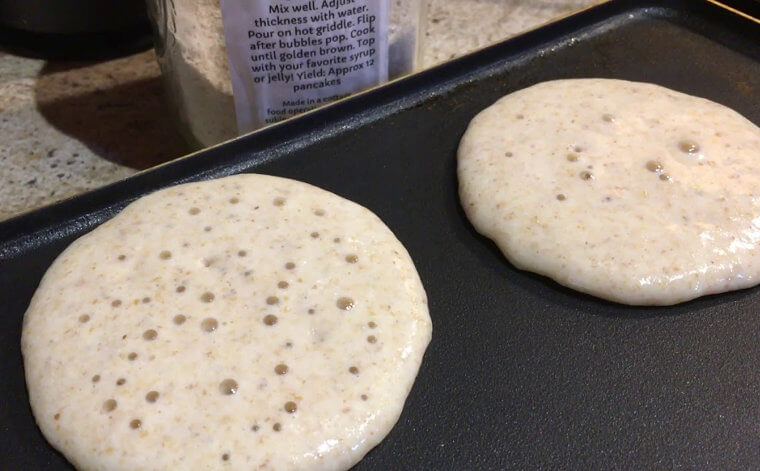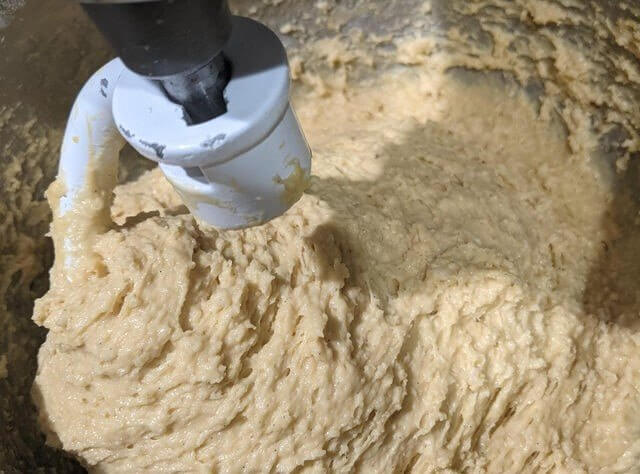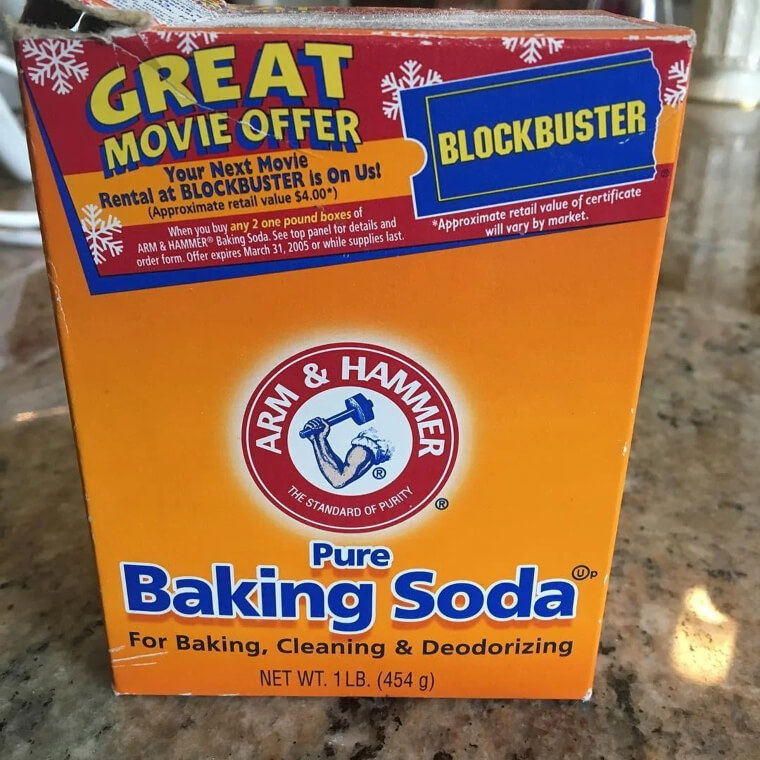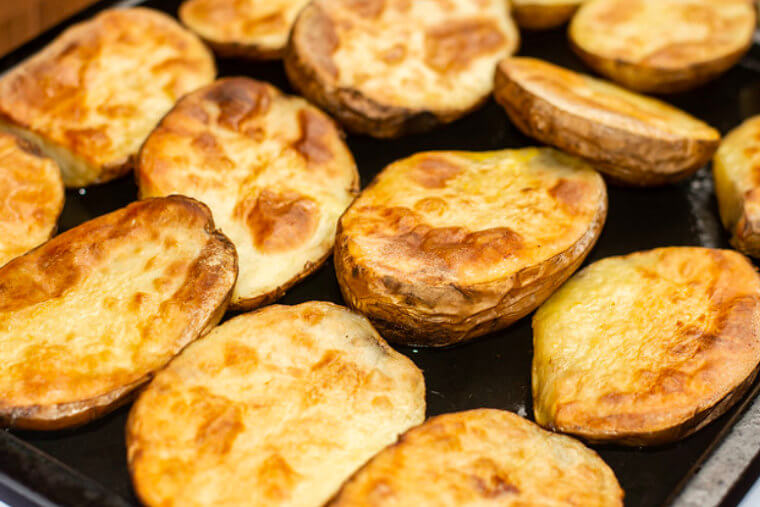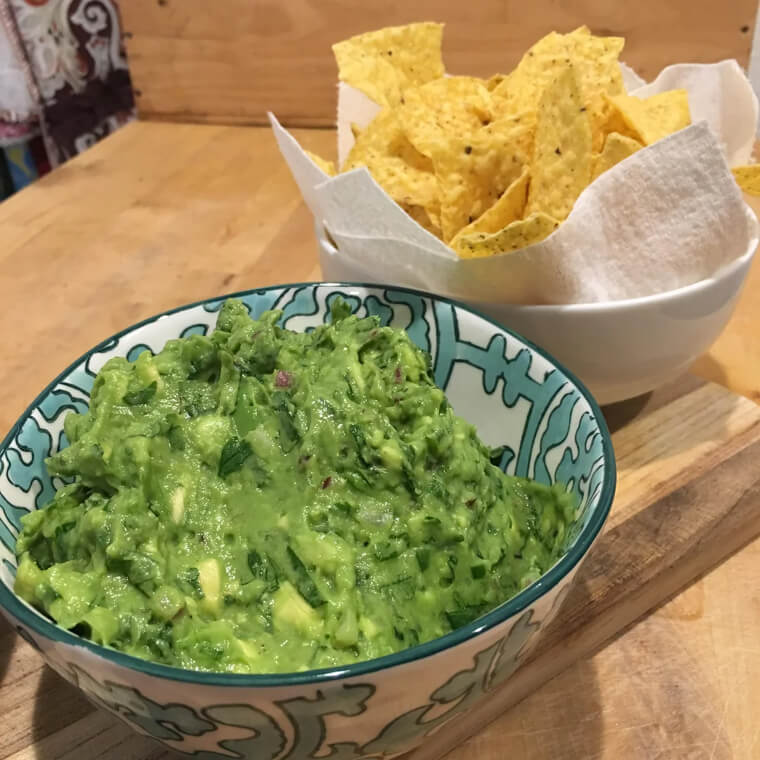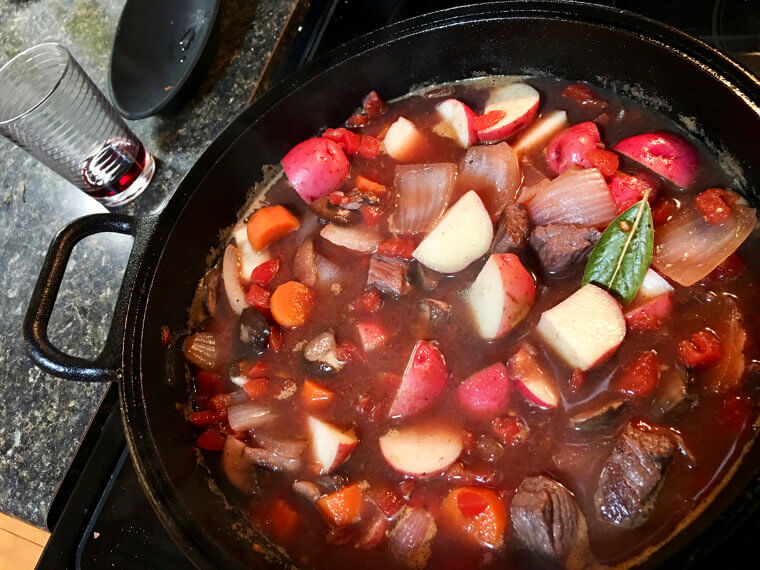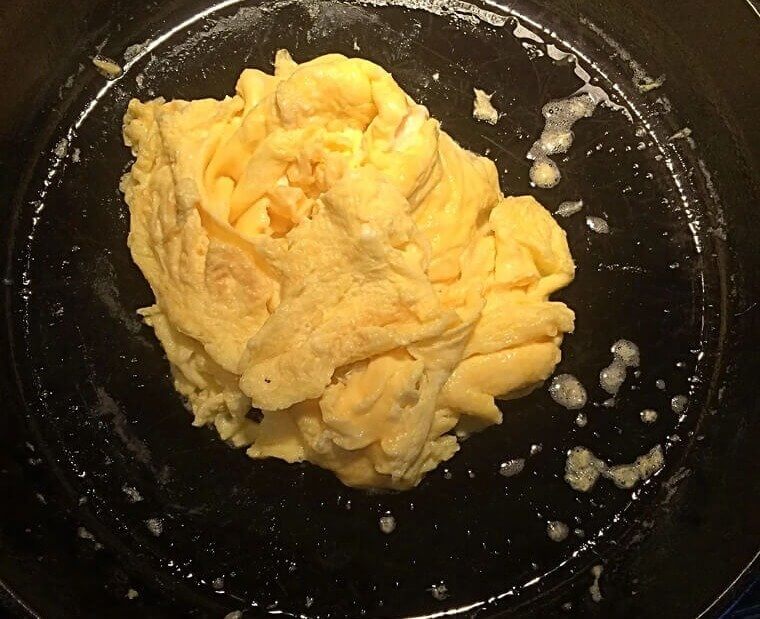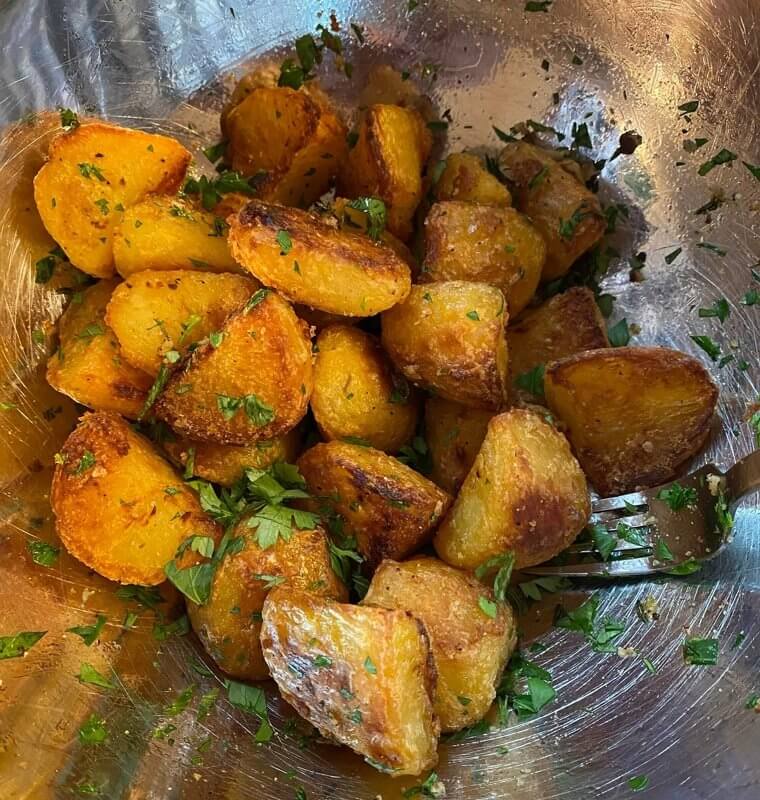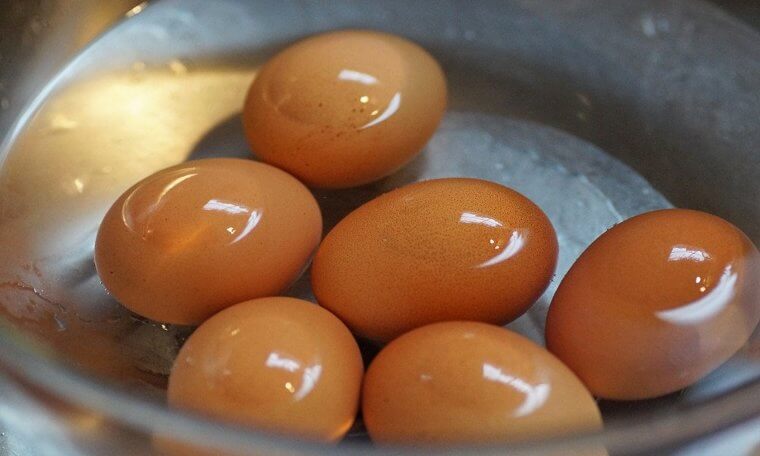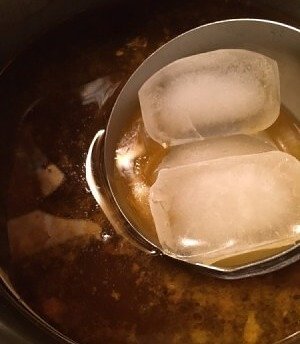Have you ever wondered how to cook like a pro without the stress and commitment of culinary school? Well, we've got you covered! We're unlocking the culinary secrets straight from the kitchens of up-and-coming master chefs. From simple flavor upgrades to time-saving techniques, these tips are about to transform your everyday cooking. Say goodbye to kitchen stress and hello to the world of hassle-free, top-notch cooking that will elevate your meals to a whole new level.
Culinary Students Share Their Best Tricks To Cook Restaurant Quality Food At Home
Published 2 years ago
Ever wondered why your pasta sauce has a little something extra? It turns out the alcohol you add might not always cook off. Forget the myth that all booze evaporates during cooking—it depends on how much heat and time it gets. If you've ever tasted a hint of vodka in your sauce, it's a sign the alcohol didn't entirely bid farewell. It's essential to learn how to control its flavor in your recipes.
So don't forget, if you want the alcohol to cook out, cook your sauce for longer! A pro-tip is always slowly simmering the sauce.
Many people wonder if rinsing meat before cooking is a smart move. Spoiler alert: it's not. Contrary to washing fruits and veggies, giving raw meat, especially chicken, a pre-cook shower spreads lingering bacteria. Soon, your meat, hands, and sink are all part of the bacterial party. Water, surprisingly, excels at playing the messenger for foodborne illnesses. Skip the unnecessary step; dive straight into cooking once that package is open to ensure a safe and bacteria-free kitchen.
The intense heat during the cooking process effectively eliminates any regular bacteria present on the meat, so there's no need to worry.
Think splurging on pricier ingredients always equals better taste? Not quite, especially when it comes to vanilla. While people often opt for fancier vanilla for baking, the reality is that its intensity fades when cooked with other ingredients. Surprisingly, a more affordable extract can deliver just as much flavor. There is no need to burn a hole in your pocket for minimal benefits. You can still nail that delicious vanilla taste with any simple vanilla extract.
Keep reading to discover secrets that will make your cooking skills top-notch and turn every dish you make into something awesome!
Fear not the microwave! It's not the nutritional villain some claim it to be. Surprisingly, certain foods thrive under its quick, lower-temperature heat. Take broccoli, for instance—it retains as many nutrients microwaved as it does on the stovetop. While the microwave may not always be the top chef's choice, it certainly won't strip your food of its nutritional value. This is an important myth that any chef or home cook needs to know.
This convenient kitchen tool can actually preserve the goodness in your meals! Apparently, quick and easy doesn't have to mean sacrificing nutrition.
Most people rely on frozen pre-made beef patties for burgers, but the pros strongly advise against this. There is an alternative way that's not that difficult and tastes infinitely better. For tastier burgers, forget the pre-packaged ground beef. Start with a big piece of beef, chop it into small pieces, and pop it in the freezer. When it's a bit firm, toss those chunks into a food processor. Give it a whirl, and voila! You've got freshly ground beef with a texture that beats the store-bought stuff.
This extra step guarantees burgers that are not only juicier but also way more flavorful. So, no more pre-made patties; upgrade your grilling game with this easy hack.
People are used to cutting broccoli and throwing the stems away, but don't toss those broccoli stems. Those neglected green trunks can amp up your veggie game. Broccoli stems are often overlooked and thrown away, but they're just as good as the broccoli florets and hold flavor and crunch. Chop them up and throw them into your stir-fry or alongside flavorful chicken for a double win; they're good for your body and your taste buds.
These are tips that chefs and culinary students know about, but the average person would have no idea. So use this tip to wow your dinner guests!
Consider this your buttery cautionary tale: microwaving isn't the shortcut to softening. Melting and softening are two different games, and overheating can wreck your recipe by breaking the butter's emulsion. You might need to plan ahead a few hours if you're baking, embrace patience, and just let the butter sit out and soften at room temperature. It will instantly upgrade any recipe, rather than using hot melted butter from the microwave.
It seems irrelevant, but it's a small mistake that can make a huge difference in your food. Now, you'll be cooking like a pro.
Let's keep it real: if you've ever poured oil onto a cold pan, cranked up the heat, and then added your ingredients, you're doing it wrong. Experienced chefs swear by the golden rule: ensure the oil is sizzling hot before introducing your food. Cold oil results in soggy veggies and prolonged cooking times. Hot oil locks in the good stuff—flavors and juices—and adds that perfect crunch. Don't settle for a sad and soggy stir-fry.
This simple yet crucial step enhances the overall taste and texture of your meals, elevating your cooking game, so embrace the power of pre-heated pans in every kitchen creation.
You know when you're preparing a meal and the onion-induced tears start as you cut them. Here's a cooking tip that the experts use daily whenever slicing onions. Simply toss whole onions into the freezer, and when it's time to chop, you'll experience a significantly reduced tear-inducing ordeal. The chilly temperature slows down the release of irritating compounds, minimizing the eye-watering effect. Now you can chop in peace without balling!
Now, home chefs can enjoy the same ease of cutting onions by using this easy tip that culinary students and chefs live by.
Saving money on meat is a no-brainer, but dealing with tougher cuts isn't everyone's preference. Luckily, there's a foolproof method to turn even the cheapest meat into mouthwateringly tender delights. Enter the slow cooker, simply drop your budget-friendly cuts in, let them simmer for a few hours, and the only noticeable difference will be the price tag. Don't forget to season them before cooking; soon enough, the meat will be tender and ready for serving.
Whenever you have cheaper, tougher cuts of meat, the slow cooker becomes your kitchen ally for budget-friendly, delicious meals.
Who doesn't love a nice cappuccino with frothy milk? Although it may seem like hard work or like you need fancy, expensive machines to achieve this. But there's a secret most culinary students use and have shared with us. Achieving frothy milk at home is as simple as a small jar. Fill it halfway with milk, seal the lid, and shake vigorously until it froths the entire jar. Take off the lid, then pop the container in the microwave for just 30 seconds.
This budget-friendly DIY hack transforms your everyday milk into a creamy, frothy delight, ensuring your homemade beverages are elevated.
For tastier dishes, garlic is a must—whether a little or a lot. But if you want the most flavor, skip the hand-mincing and grab a garlic press. This is one thing people need to know that will make or break their cooking skills from amateur to professional. Using a garlic press is an absolute game-changer that ensures every dish gets the full, rich taste of garlic without the hassle of chopping by hand.
Say goodbye to uneven bits and hello to a quick and easy way to infuse your meals with that delicious garlic goodness.
The key to controlling the spice in peppers isn't just about removing the seeds. It's time to set the record straight: the real heat culprit is the membrane or pith. You know that spongy white part in the pepper? Yeah, that's the real part that you need to watch out for! While seeds do contribute some spiciness, it's the pith that holds the majority of the heat in an average pepper.
Now, when deciding how fiery you want your dish, it's not just the seeds you need to remove; it's a whole other part of the pepper that is usually forgotten.
Did you know that culinary students are trained to slice limes a certain way? It's time that tip is shared here so the rest of the population can start getting the most out of their limes. The instinct is to halve limes, but for the ultimate juice yield, and of course, we definitely want that, switch to quarters. By slicing the lime into quarters instead of halves, you unlock the maximum amount of citrusy goodness.
It's a small change that ensures every drop of juice is squeezed. Armed with this simple tip, you're just a squeeze away from enhancing your drinks like a pro.
Are you looking to really elevate your culinary game? The secret is to freeze leftover stock in an ice cube tray. This savvy hack provides ready-made portions, transforming the ordinary into a practical means of measurement. With stock frozen into cubes, you can effortlessly pop out the perfect portion whenever needed. It's a convenient and efficient way to ensure you have just the right amount of stock for your recipes.
It's a straightforward way to keep your kitchen organized and cooking hassle-free. Try this easy method to level up your culinary game with convenient and precise stock portions.
For those moments of impatient fruit cravings, a swift solution awaits. When faced with a slightly green banana or an overly crunchy peach, enlist the help of a humble paper bag. The confined space becomes a ripening chamber, enhancing the concentration of ethylene gas naturally emitted by the fruit. This amplification expedites the ripening process, turning your underripe fruits into a succulent snack in record time. Before you know it, your banana or avocado is ready to eat.
The simplicity of this effective hack not only satiates impatience but also introduces a delightful shortcut to enjoying perfectly ripened fruit!
The secret to culinary perfection is understanding the significance of early seasoning. It's not just about a last-minute sprinkle of salt and pepper; you need to start infusing your ingredients early on for a depth of flavor that elevates your dish. Contrary to common belief, early seasoning doesn't dry out your food; in fact, salting your steak ahead of time contributes to a crispier exterior. So remember, always season your food early.
It's a simple technique that will make your food taste way better and will have anyone who tastes your food asking for the recipe.
Let's talk eggs. Forget the cold-from-the-fridge routine, opt for room-temperature eggs, and here's why. In certain recipes, especially baking and omelet crafting, room-temperature eggs excel at blending seamlessly with dry ingredients. This subtle shift enhances the texture and consistency of your creations. It might feel strange at first, but it's a trade secret. All culinary students and chefs know this is the trick to getting eggs to blend perfectly and taste delicious.
Simply let the eggs hang out on the counter for a bit so they warm up, and then use them for whatever your heart desires.
Here's a sustainable gardening hack for saving vegetable scraps that can be transformed into thriving plants. Beyond merely using them for stock, these kitchen remnants hold surprising potential. This is important for aspiring home cooks and chefs. Instead of buying the same vegetable week after week, you can quickly grow it yourself. With just a bit of time and care, you can witness green onions, garlic, carrot tops, and even cabbage regrow into flourishing plants.
Trim onions 2 inches above the roots, using the green part for cooking. Place saved bulbs and roots down in a jar with water and set on a sunny windowsill. Change water every few days, and you have new green onions!
There's a secret way to make vegetables that cooks them perfectly, and it might not be what you think. Cook your veggies with ice. That's right, ice is the secret ingredient. First, boil your vegetables like broccoli, spinach, asparagus, or green beans. Once you've taken your veggies off the boil, the cooking journey doesn't stop there. Prevent the dreaded soggy and flabby texture by giving your greens a refreshing plunge into an ice bath.
This shock treatment halts the cooking process instantly, preserving the crispness and vibrant colors of your vegetables. Don't let your efforts in the kitchen fall flat; master the technique!
Satisfy your ice cream cravings without the guilt by opting for a healthier alternative; try making homemade frozen yogurt. Creating this refreshing summer snack is a breeze. Grab a popsicle stick and insert it into your chosen yogurt, then pop it in the freezer for a couple of hours. You'll have a guilt-free treat that's not only easy on the calories but also packs a delightful, creamy punch, just like ice cream.
It's the ultimate hack for a tasty sweet treat after your meals and takes seconds to prepare. Plus, people will think you're a professional cook by serving them these.
When it comes to extracting every ounce of juice from refrigerated citrus fruits, a two-step strategy works wonders. Although chilling preserves freshness, it can impede juiciness. To counter this, when it's time to squeeze out the liquid goodness, pop the citrus in the microwave for a speedy 15 to 20 seconds, and then you're ready. This handy trick softens the fruit so it becomes soft and makes squeezing out juice so much easier.
The citrus fruit becomes softer, reaching the ultimate softness that makes squeezing out every last ounce of juice a breeze. This is truly the microwave trick every home cook needs.
Not all kitchen hacks are created equal, and it's time to debunk one: adding milk or cream to scrambled eggs. Despite feeling like a culinary wizard, this habit does more harm than good. Far from enhancing, the extra dairy can thin out your eggs, making them prone to overcooking. Though many people think it adds a creative or fun flare to their eggs, it's better to keep them simple and add cheese as a garnish.
Because sometimes, the best hacks involve unlearning and embracing the simplicity of a well-cooked egg.
Have you ever wanted to pack up some food but found yourself battling with plastic wrap? The solution is surprisingly straightforward: store it in the fridge. Chilled plastic wrap tears effortlessly without clinging to itself, making it a breeze to handle. Cold storage not only maintains the wrap's integrity but also ensures smoother unrolling. This is a tip only the experts would discover, but now home cooks get to relish in this hack, too!
It's a simple yet effective strategy that no one could've guessed. From now on, only store your plastic wrap in the freezer so whenever you use it, it'll be frustration-free.
In the quest for a wallet-friendly alternative to salt, look no further than your kitchen cabinet. Ditch the ordinary and embrace the extraordinary with a simple swap – trade your traditional salt for a dash of soy sauce. Beyond its cost-effectiveness, soy sauce injects a burst of umami, transforming your favorite dishes with a rich and savory twist rather than just boring salt. It truly is the secret to adding flavor to any dish.
Spice up your kitchen routine and savor the simplicity of soy sauce as your new secret weapon for flavor-packed, budget-conscious cooking.
Culinary students are sounding the alarm: steer clear of pre-marinated meats at the grocery store! Despite their seemingly enticing flavors, these cuts might not be the bargain they appear to be. Behind the vibrant marinades lies a potential red flag – they could be masking the age of the meat. That tempting chicken breast submerged in a flavorful sauce might just be a clever cover-up for less-than-fresh produce. Who doesn't want fresh meat?
Say goodbye to the illusion of a bargain because it's time for you to experience the fresh, unmasked taste of quality meats.
Pasta is an easy dish that everyone should have down in their repertoire of recipes. It seems incredibly simple to make, right? But there's a huge mistake tons of people make. Rinsing your cooked pasta may seem harmless, but it's a flavor crime. When you rinse, you're stripping away the outer starch layer, making it resistant to delicious sauces. So when you drain and pour out the boiling water, make sure not to rinse the pasta.
Keep the flavor where it belongs, and skip the rinse for a tastier pasta experience. Now, you can finally master the art of a delicious pasta meal!
The frustration of watching bananas turn brown too soon is a shared experience, but there's a remedy. They're not quite ready, so you wait, and when you come back a few days later, they're brown! Well, to elongate the window between unripe and unusable, wrap the end of the bunch with plastic wrap. This nifty trick prevents bananas from releasing ethylene gases through the stem, the culprits behind swift ripening.
By shielding your potassium-packed fruits, you can enjoy a longer-lasting, fresher bunch. It's an eco-friendly method to savor your bananas at their peak, reducing the need for frequent grocery trips.
Here's a common dilemma that plenty of people have experienced in the kitchen. You're baking; reach for your brown sugar and realize it's rock solid. So what do you do? The key to preventing this disaster is a simple sugar saver. To keep your sugar moist and ready for use, soak a terracotta sugar saver in water, dry it off, and then place it into an airtight container with your sugar.
This easy trick ensures that your brown sugar stays soft and pliable and is the ultimate solution to keeping your pantry essentials baking-ready.
Prepare for a pancake revelation: those bubbles don't always mean it's time to flip. There's been a common belief that waiting for bubbles is the golden rule to know when to flip, but you might have unknowingly been burning your breakfast for years. Shift your approach; pancakes cook rapidly, so forget the bubbles and use your spatula to gauge firmness. This is the trick that culinary students swear by for perfectly golden pancakes.
Your breakfast game is about to level up! Understanding these nuances ensures your pancakes are not just golden but also perfectly fluffy.
Contrary to popular belief, a lump or two in your batter can be a good thing. Your batter doesn't have to be lump-free for fantastic baked goods. Forget the myth that stirring a ton makes better cookies; instead, it can result in a tough, chewy texture. Accept a little graininess; it's what makes pastries fluffy and delightful. On the flip side, stir too little, and you'll end up with pockets of flour.
So, fear not the lumps; embrace the right amount of mixing and ensure your baked treats strike the perfect chord of taste and texture. Because, in baking, a few lumps are not just acceptable; they're a secret weapon for deliciousness.
Here's a tip that most people don't know! Your baking soda doesn't actually last forever. Despite what we might think, it's best to ditch that box after 6 to 12 months. When was the last time you glanced at the baking soda in your fridge? Even if it appears mold-free, the chances are your old baking soda has lost its punch. It's better to refresh your baking soda supply a few times a year.
No one wants to discover they used an expired product in their food after cooking. So, keep it fresh, swap that box, and ensure your baking adventures rise to new heights!
Believe it or not, boiling is not a prerequisite for perfect mashed potatoes. You can save time by cutting them up into small pieces and swiftly baking them for a bit before breaking out your masher. You can even pop them in the microwave until they soften and then get to mashing. Either way, boiling is not the only option, and there are alternatives to getting your potatoes nice and soft before they become mashed.
Insider tricks and tips like these are a secret known mostly to kitchen pros, so don't be shocked if your culinary skills haven't skyrocketed just yet. But fear not; a treasure trove of cooking wisdom is waiting to be discovered.
Have you ever heard that pre-preparing guacamole and adding citrus will keep it fresh for days? Think again. There's a myth that just squeezing some lemon over your guacamole will keep it good for days. But it's time to debunk this. Most chefs would say always prepare guacamole fresh right before serving it. No one wants to eat slightly browned guacamole that's been sitting in a fridge for too long.
In order to have the best-tasting guacamole there is, always make it fresh and don't let it sit out too long.
Here's the deal: don't skip searing your stew meat. It's not just a step; it's what makes your stew taste amazing. Searing adds flavor and improves the texture of the meat, taking your dish from okay to fantastic. Sure, you could ignore it and still have a decent meal, but it won't be as tasty. Taking a few extra minutes to sear is a game-changer that people don't know and could up their cooking game.
When you sear the meat, it browns it and triggers something called the Maillard reaction—basically, a flavor booster. It's a scientific explanation and a pro tip from culinary experts, so don't skip this!
Achieving the perfect homemade gravy involves steering clear of a common mistake: using warm or hot water. Culinary insiders swear by the cold water trick, emphasizing that it's not just about preventing lumps; it also helps create a smooth and even texture. The cold water interacts with the flour and cornstarch more gradually, allowing for better control over the thickening process, resulting in a gravy that's not only lump-free but also perfectly velvety.
This nugget of wisdom could be your Thanksgiving dinner savior, ensuring a velvety-smooth consistency that elevates your meal.
In the morning hustle, it's understandable to crank up the heat for a speedy scrambled eggs fix. But beware, although eggs will cook quickly at high temperatures, it can ruin this breakfast staple. It causes the eggs to dry out and become flaky. But there's a pro tip on how to make the most perfect eggs every time. Opt for the low and slow method. Patience is the key to achieving that extra-fluffy consistency that makes scrambled eggs truly delicious.
Take your time in the kitchen, keep the temperature low, and let the eggs cook for a longer time! This is the key to great eggs.
Roasted potatoes are a must at almost every dinner table. However, culinary experts have shared insight into how to get them to taste just right. Forget just drowning your potatoes in oil and crossing your fingers! Achieving the perfect blend of a crisp exterior and creamy interior requires a crucial step: parboiling your spuds before they hit the oven. This pre-roasting process ensures that the potato's center softens to perfection.
The result? A flawlessly cooked potato that boasts a delightful contrast—crispy on the outside and perfectly tender within. Don't skip the parboil; it's the secret ingredient for unlocking the full potential of your roasted potatoes.
Tired of struggling with stubborn eggshells after boiling? This pro cooking hack has you covered. Just add a spoonful of baking soda to the boiling water and watch the eggshell practically slide off effortlessly. It's a simple yet effective trick that transforms peeling from a challenge to a breeze. This time-saving hack ensures your boiled eggs peel with ease, making it a must-know for anyone seeking a hassle-free cooking experience.
All thanks to the magic touch of baking soda, peeling boiled eggs has never been easier. Well, buckle up because a whole bunch more game-changing tips are coming your way!
In the battle against excess fat in your casserole, soup, or sauce, fear not—ice cubes are your secret weapon. When faced with an oily dilemma, simply drop in an ice cube. The fat will be drawn to the cold, stick to the ice cube, and allow you to skim it off with a ladle or spoon effortlessly. Move swiftly, though, as the trick lies in catching it all before the ice cube melts.
This kitchen hack ensures your dishes are lighter and healthier, making fat removal a breeze. Who even knew there was a trick for this?


